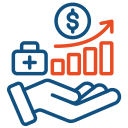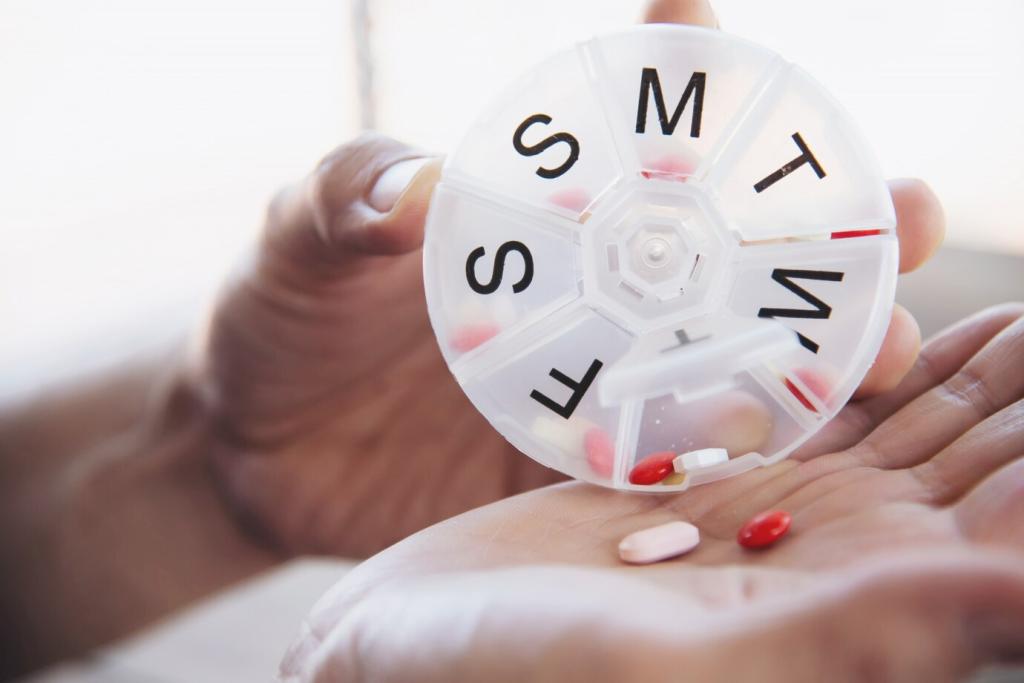
The Science Behind Art Therapy and Brain Function
Today’s chosen theme: The Science Behind Art Therapy and Brain Function. Step into a welcoming studio where creativity meets neuroscience, and discover how simple, joyful acts of making art can reshape stress responses, sharpen attention, and nurture resilience. Join the conversation, share your experiences, and subscribe for brain-savvy insights delivered with heart.
Calming the Limbic System Through Creative Practice
Slow, intentional coloring can reduce perceived stress and is often associated with lowered cortisol over time. The gentle repetition creates a predictable rhythm for the nervous system. Try a five-color palette tonight and comment with your after-drawing feelings.
The amygdala responds to novelty and threat; rhythmic, predictable marks help signal safety. As breath matches movement, vigilance eases. Share a photo of your repetitive pattern studies, and note any changes in heartbeat or muscle tension you observed.
Touching clay, soft pastels, or textured papers engages mechanoreceptors that can boost parasympathetic activity. Many creators describe a subtle sigh of relief. Experiment with one tactile medium this week and subscribe for more nervous-system-friendly studio prompts.
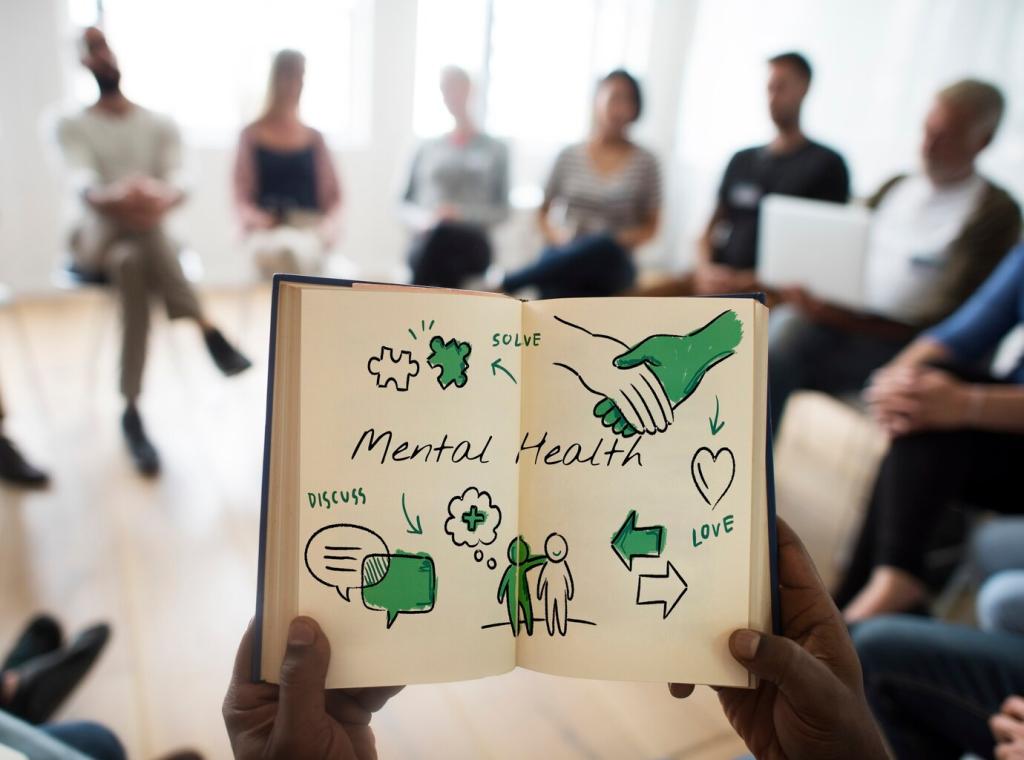
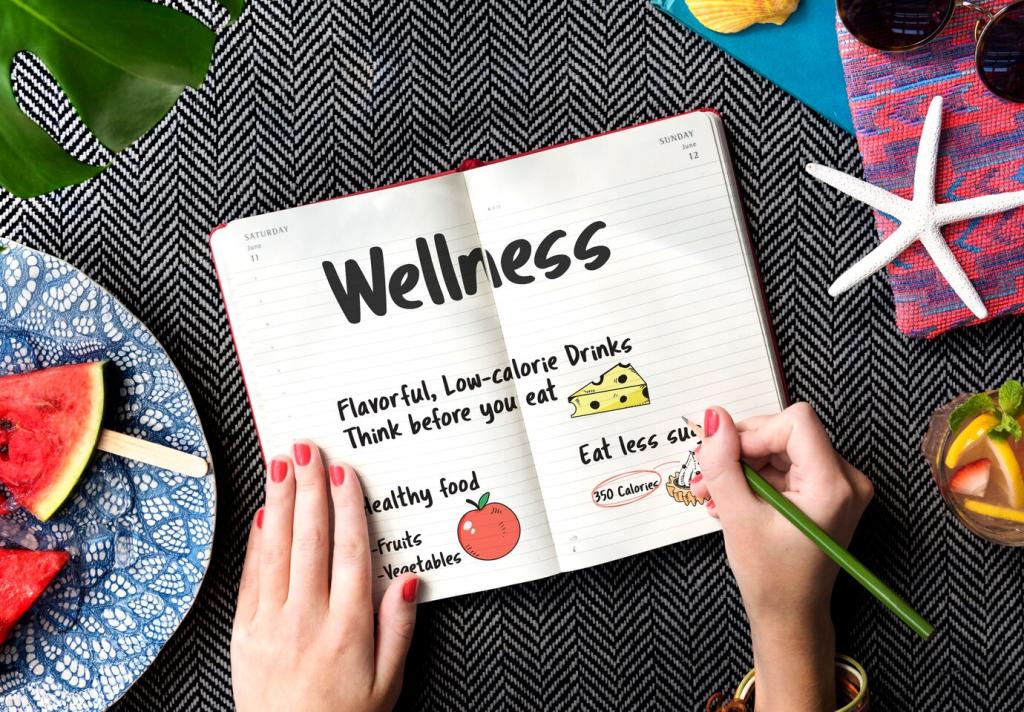
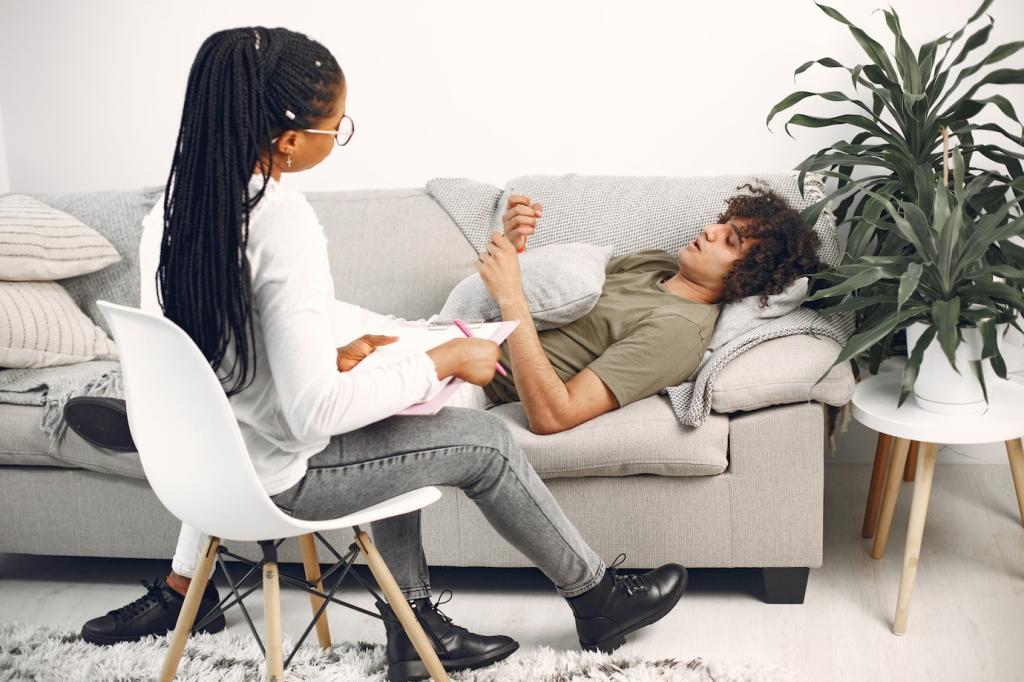
Working Memory and Visual Planning
Sketching thumbnails temporarily holds options in working memory, allowing better decisions about balance and contrast. This mental rehearsal reduces overwhelm. Try three thumbnail variations and comment on which one surprised you—and why your brain chose it.
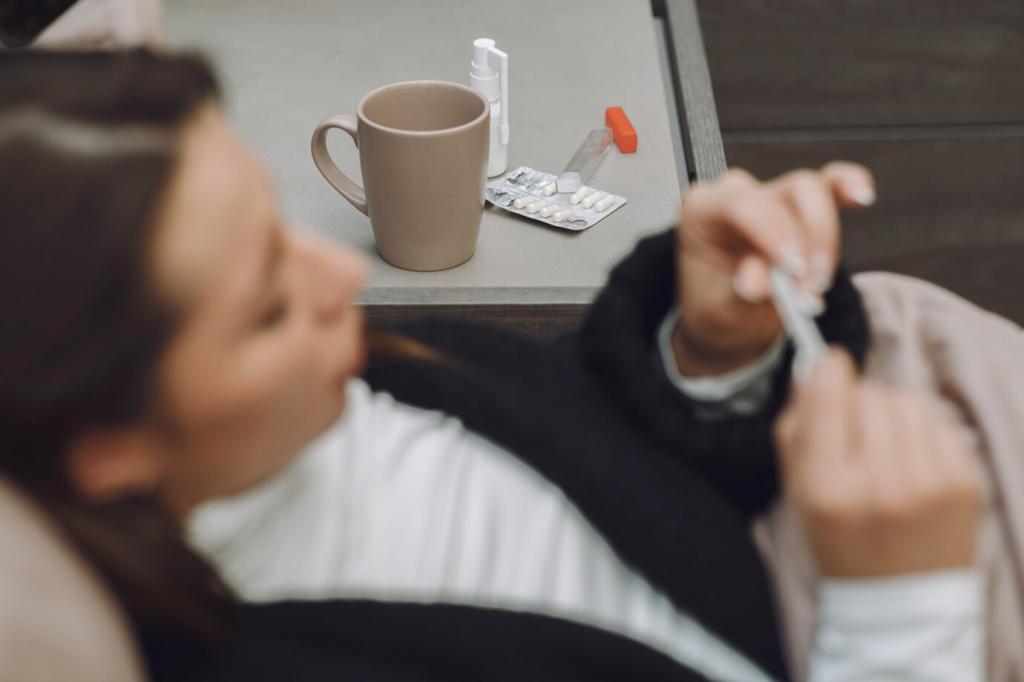
Cognitive Flexibility Through Constraints
Limiting tools to two colors forces inventive solutions, exercising cognitive flexibility. When rules bend, creativity expands. Post your two-color experiment, and describe how the limitation changed your thinking, your energy, and your tolerance for uncertainty during the process.
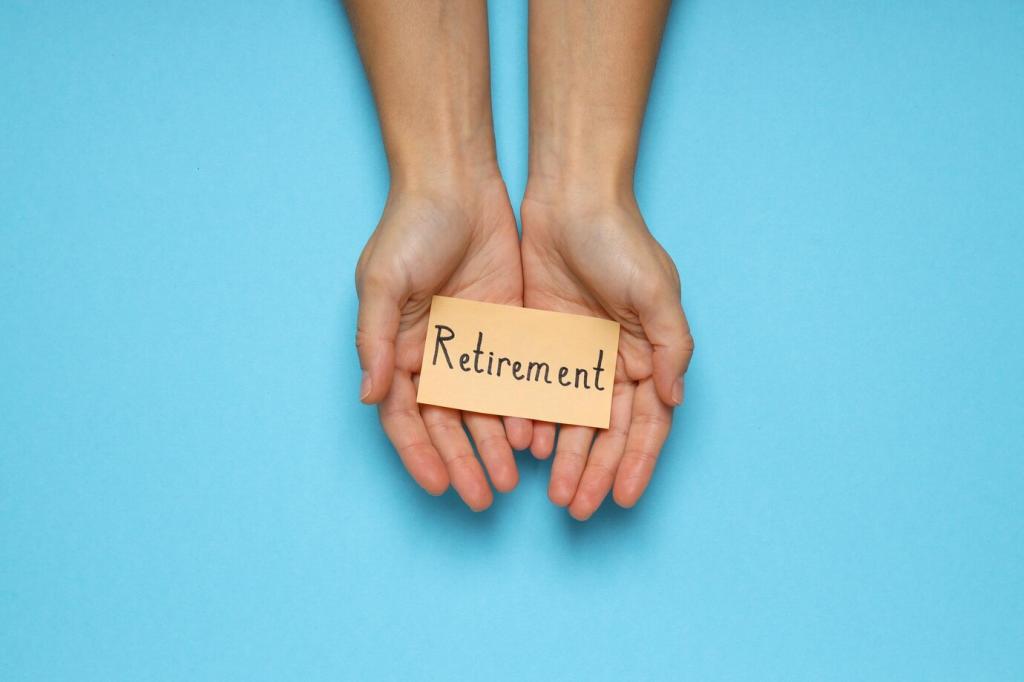
Goal-Feedback Loops That Build Clarity
Clear goals plus immediate sensory feedback accelerate learning. Lines, edges, and tones respond instantly, guiding micro-adjustments. Set a measurable objective for today’s session and share whether you met it. If not, identify one tiny tweak for tomorrow’s attempt.
Trauma, Memory, and the Hippocampus
From Implicit Sensations to Manageable Symbols
Shapes and colors can hold sensations that words cannot yet capture. Translating feelings into symbols creates distance and choice. Share a symbol that represents safety for you, and explain how you use it to begin or close sessions intentionally.
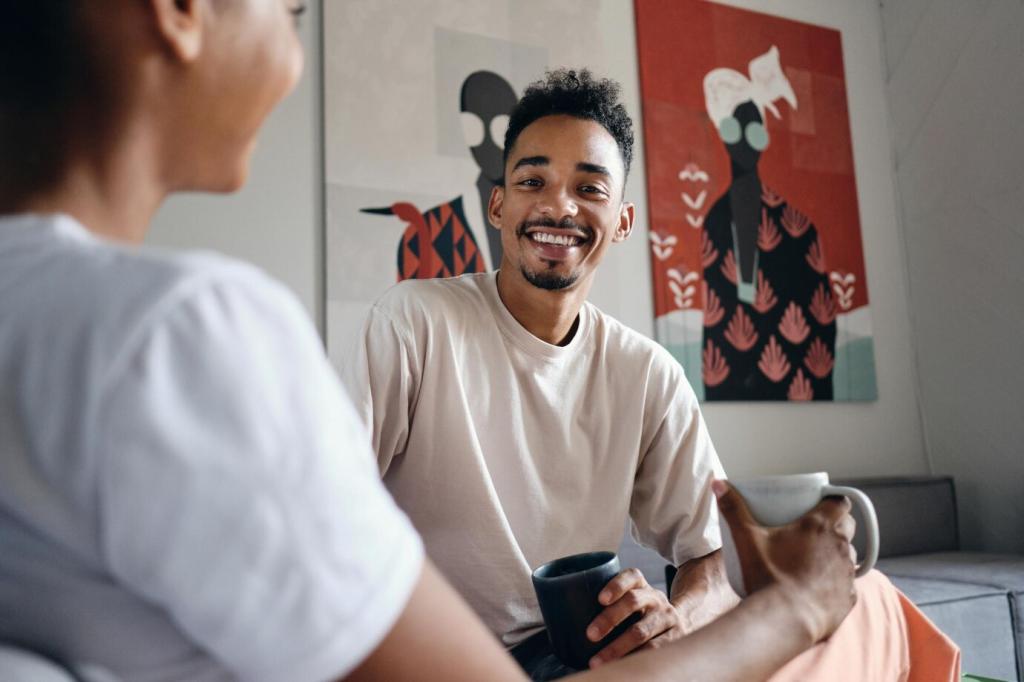
What Brain Imaging Reveals About Making Art
fMRI Findings on Visual and Motor Networks
Drawing typically recruits visual association areas along with premotor and motor regions. As skill grows, efficiency often improves. If you track practice time, share whether sessions feel smoother lately, and how your sense of effort has changed across weeks.
EEG Rhythms and the Flow Experience
Some studies associate creative flow with shifts in frontal alpha and theta rhythms, reflecting focused relaxation. Remember: individual patterns vary. Describe a time you slipped into flow during art-making, and subscribe for future deep dives into brainwave research.
Default Mode, Salience, and Executive Networks
Creativity toggles between internal wandering and directed control. The salience network helps switch modes as the task evolves. Share how you balance brainstorming and refining, and which cues—music, timers, or breaks—help your brain transition effectively between modes.
Stories From the Studio: Three Brief Vignettes
Marina’s Burnout and the Return of Curiosity
A manager in burnout, Marina began with five-minute graphite textures. Repetition steadied breathing; curiosity reappeared. Over months, she planned larger pieces, signaling stronger executive function. Share where you notice curiosity flicker, and how you protect it during busy weeks.
Rohan’s Traumatic Brain Injury and Gentle Structure
Recovering from mild TBI, Rohan used two-color, high-contrast studies. Predictable routines supported attention while reducing fatigue. His memory notebook captured tiny wins. If you’ve navigated brain fog, comment with one tool that helped you craft reliable, compassionate structure.
Lina’s Anxiety and Sensory Grounding
A student with spiraling worry, Lina shaped clay before homework. Tactile grounding dropped her heart rate; then she sketched task steps. Subscribe for a printable checklist of soothing prompts you can tape near your workspace for easy, everyday support.
Designing a Brain-Wise Art Routine
Warm-Ups That Prime Neural Networks
Begin with sixty seconds of breath-synced lines, then a quick value scale. These warm-ups tune visuomotor circuits without pressure. Report your favorite primer in the comments, so others can test it and compare notes on focus and ease.
Tracking Mood, Energy, and Progress
A simple log—date, minutes, mood before and after—reveals patterns your memory misses. Celebrate streaks, forgive gaps, iterate kindly. Download our upcoming template by subscribing, and tell us which metrics matter most to you for sustainable, compassionate growth.
Community, Accountability, and Joy
Brains thrive with belonging. Share works-in-progress, schedule co-creating sessions, and trade supportive feedback. Post your availability for a virtual studio hour, and invite a friend who needs gentle encouragement to restart a dormant, hopeful, scientifically savvy creative habit today.
